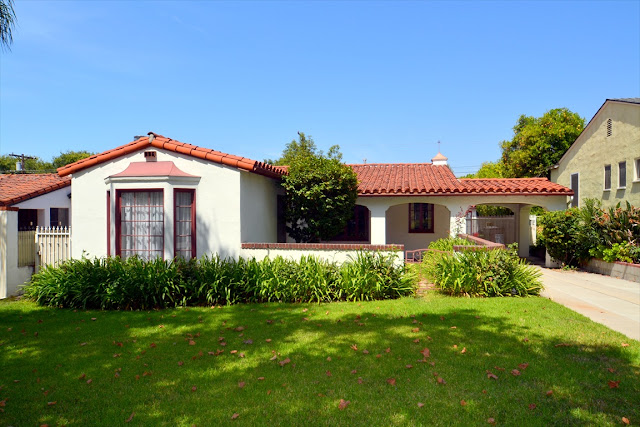MODERN INDIAN ARCHITECT (Page 2)
In recent times, on account of globalisation and the communication revolution, this vocabulary has enlarged, almost indiscriminately. The flood of Celebrated architectural images inundating the imagination of the architect is supported by global business Which has enabled easy access to common building materials and technologies, making buildings all over the world more similar. This similarity results in the loss of contextual references when exotic images are deployed to serve local purposes. In the last decade, these decontextualised images have become the medium facilitating the spread of modernism and determining the characteristics of regional architectural identity in much of the Third World. Thus, Cities like Shanghai, Manila, Jakarta, Kuala Lumpur and Mumbai, each attempting aggressively to assert a local, modernist regional identity, are increasingly constituted by the same kind of architecture. And increasingly, foreign architects are the agents facilitating this process.
The in instinctive valorisation of the "foreign emerges as the deep structure of societal expectations. It creates a profound dislocation in the role of the local professional in society because the worth of the local architect is not only derogated by the value accorded to the contributions of foreign architects, but also, in their desperate attempt to catch up, local architects too try to produce a kind of architecture with which the society at large is not familiar. The local public, whose tastes and expectations are also evolving eclectically, neither understands the significance of the particular images guiding the architect's work, nor, being increasingly articulate and demanding, does it accept them.
The modern architect, therefore, has low credibility in society. Of course, there are several other reasons for this unfortunate state of affairs, such as the postcolonial propensity to perpetuate the colonial style of decision-making, the dominance of the client/bureaucrat/developer in determining architectural matters and the routinely low fee structure assigned for carrying out public works. Together, these factors create an environment that is not conducive to producing high quality architecture. In this article, however, the focus is on the professional decision-by-default to develop an image-based architectural Sensibility.
At the time of India's Independence in 1947, Indian architects were conscious of the need for a national identity. Their Search for new architecture pursued two avenues: the revivalists sought alignment with a precolonial past, While the modernists an alignment with the progressive image of the international style.The strategies used by the revivalists were ironically similar to those used earlier by the colonial architects who had attempted to indigenise their designs by creating the so-called Indo-sarcenic style. These architects had debated the relative suitability of various styles for their architecture: Something expressive of Britain's role in India and something the natives could relate to instead of being intimidated by. With necessary changes made on account of political independence, the revivalists used similar arguments to justify their works. The basic nature of their architecture, however, did not change and, except for the new rhetoric, revivalist architects never questioned the ontological significance of the way they designed and built. Both the Indo-Sarcenic architects and the revivalists plundered the store of iconic images from the past Without the impediments of taste and understanding.
(Continues...)




Comments
Post a Comment